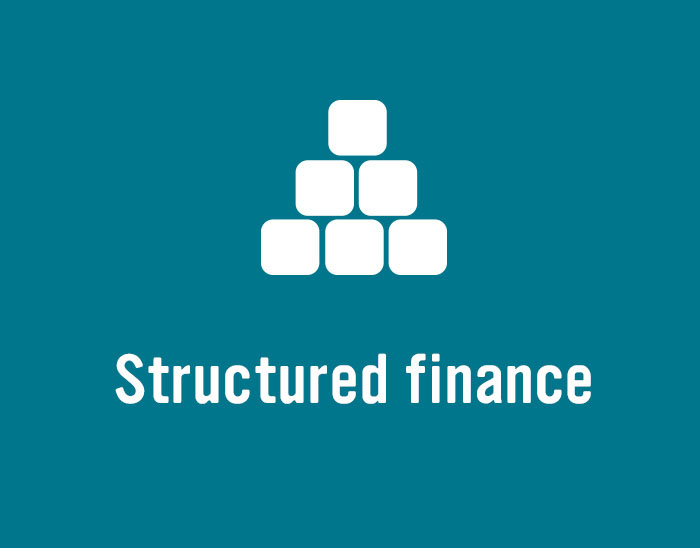
News

Three more Australian securitisers executed trades in the week ending 2 September, including Pepper Money's A$1.25 billion (US$853.3 million) residential mortgage-backed securities – which printed at almost double its indicative volume. Meanwhile, New South Wales Treasury Corporation executed a A$1.5 billion March 2034 tap while International Finance Corporation also priced a new Kauri line.

In late August, ANZ and KangaNews hosted their third annual bond trading roundtable – this year adding the perspectives of a range of spread product issuers. In a challenging year for credit pricing and liquidity, market users discussed trading conditions, emerging confidence and what secondary activity says about new-issuance prospects.

The biggest question for capital allocation in sustainable finance is how to capture externalities – most importantly the wider cost of emissions – without excessively adversely affecting performance. L-Bank acted as dual studies partner for research by graduate student David Alexander Jablonski, which finds that there may be a performance benefit from investment in a Paris Agreement-aligned portfolio.

The term greenwashing was first coined in the 80s, when an environmentalist expressed frustration at the hotel industry promoting towel reuse as an environmental strategy when in fact it was a cost saving measure. Growth in sustainable finance, and awareness of climate change risks and impacts, means greenwashing risk management is moving from the brand team to the boardroom.

Syndicated loan volume is up significantly on recent years, supported by the competitive pricing the bank market has offered as bond margins have beat a steady retreat for much of 2022. While loans will remain a consistent funding source and bond issuance from corporate Australia is unlikely to rebound in the near future, market sources say relative-value conditions underpinning the recent loan favouritism will not last forever.

More constructive new-issuance conditions persuaded ANZ Banking Group, National Australia Bank and Westpac Banking Corporation to return to tier-two issuance in late July and early August. Deal margins show a stark repricing over recent months but the issuers say demand was there for their domestic and US dollar prints.

The first half of 2022 was a record for nonsovereign Australian dollar debt issuance, the market riding out increasing headwinds to record a significant uptick in supply. Volume was driven by substantial bank new-issuance requirements and elevated semi-government funding needs, while some sectors – notably true corporate supply – were much quieter.

As the fastest mover on interest rate hikes, New Zealand is in the eyes of the world as a test case for the current monetary policy cycle. In mid-August KangaNews convened New Zealand fixed-income strategists and economists to discuss policy direction, economic impact and the shape of the local bond market at a pivotal cyclical moment.

The New Zealand corporate market provides as clear a sign as any that investor demand is often not the primary driver of borrower decisions to pursue sustainability-labelled debt issuance. While local retail investors – the most active corporate bond buyers in 2022 – may not be demanding labelled product, however, there are still plenty of signs of growing market momentum.

The term funding facility was a sufficiently large market intervention to all but negate Australian banks’ wholesale funding requirements for around 18 months. The bill starts to come due on this vast sum of central-bank liquidity early in 2024, but while the refinancing need will elevate wholesale funding needs, market sources say it will likely not be a like-for-like replacement.


